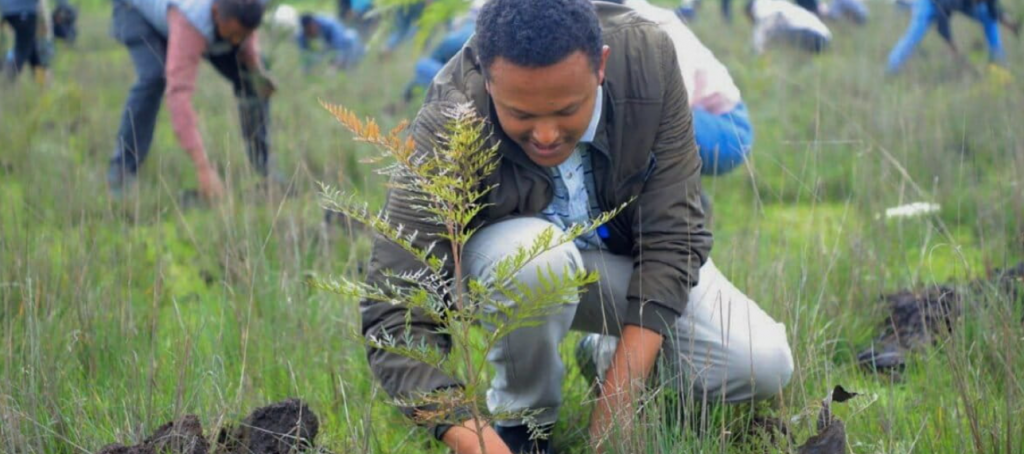
In this story, I had an opportunity to evaluate an increasingly common national strategy of combatting climate change: planting trees. Lots and lots and lots of trees.
I first became familiar with massive tree-planting pledges as a way of fighting climate change at COP20 in Lima, Peru in 2014. The Bonn Challenge promised to reforest 350 million hectares of deforested or degraded land by 2030. The person declaring the great promise of this pledge was Bianca Jagger, the former wife of the Mick Jagger; her environmental nonprofit was an official sponsor of the challenge. It sounded great at the time. It sounded far less great as time went on.
Over the years, the national promises have mounted — to the extent where they became unrealistic if not plain misleading. Rather than do the hard work of reducing emissions and protecting biodiverse forests, countries simply promised to plant more and more trees — often in ecosystems such as savannas and grasslands that would be damaged by such efforts.
The new study in Science that I report on makes clear that there is far less available land for reforestation than imagined. Perhaps more importantly, as forestry expert Bill Moomaw shared with me, there is no shortcut to slowing down the ever-accelerating climate crisis.



